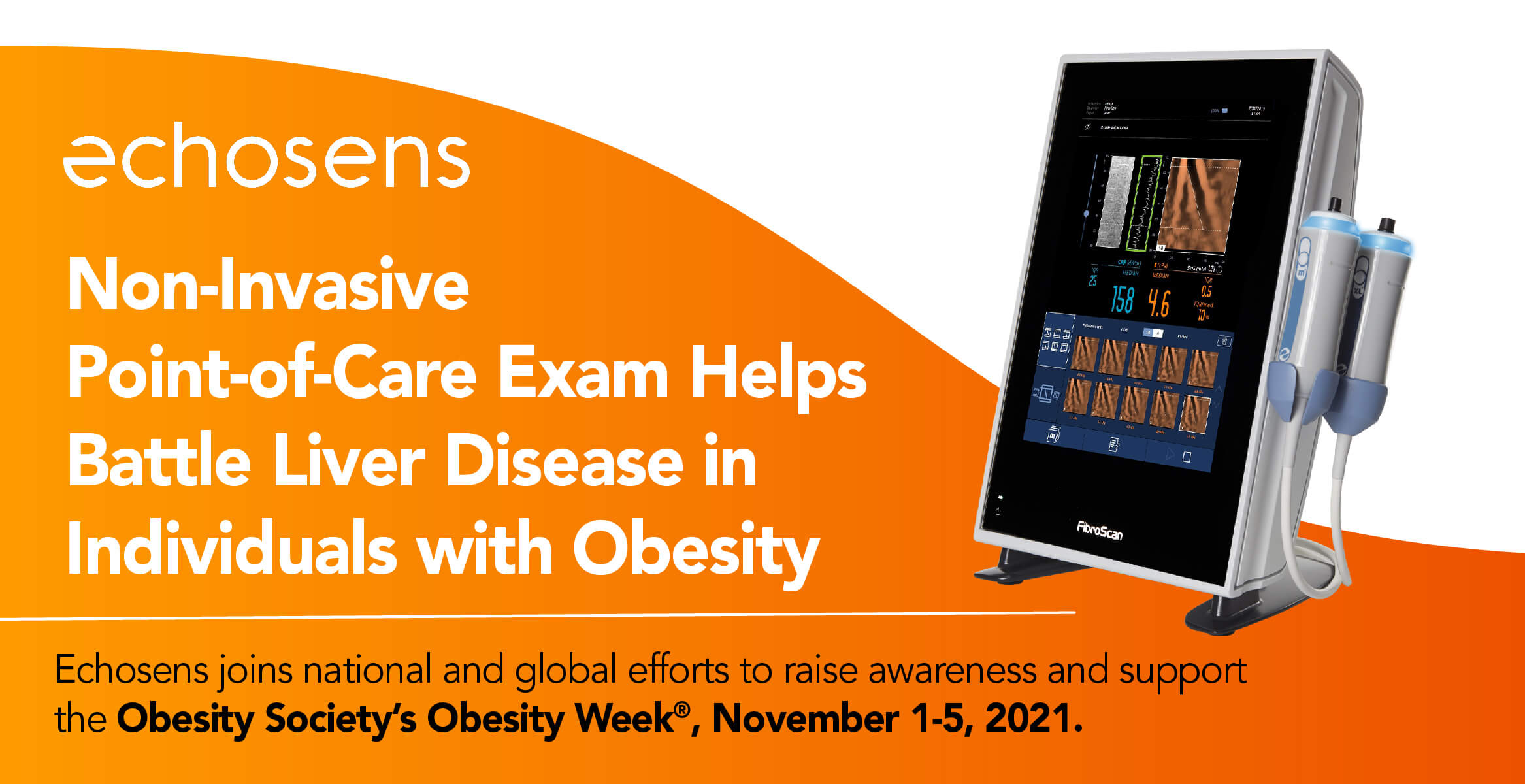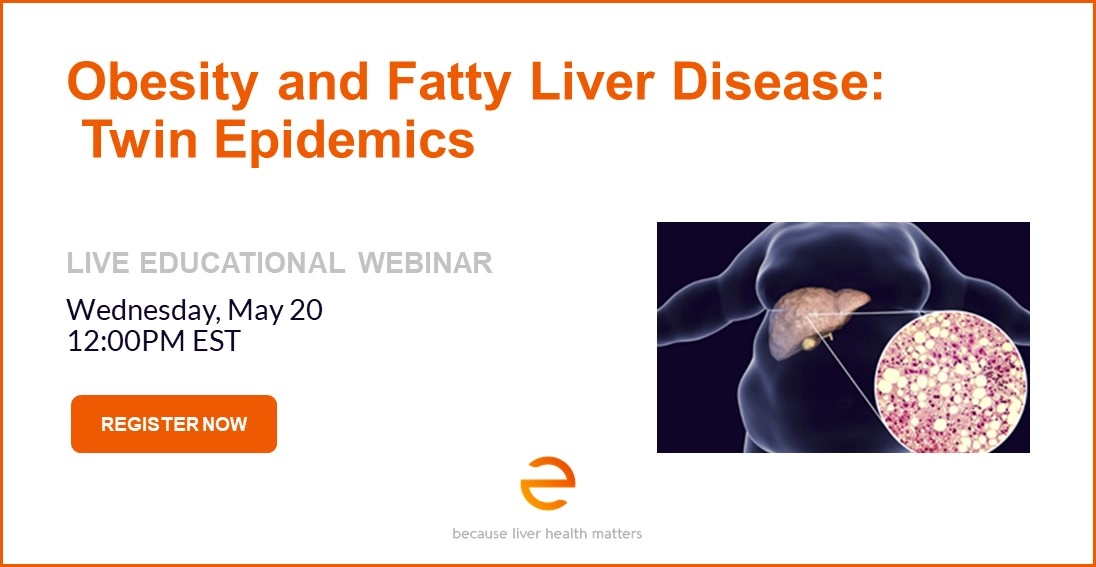During this week, we want to underscore the link between obesity and non-alcoholic fatty liver disease (NAFLD), a complex disease that involves an excessive amount of body fat and increases the risk of heart disease, diabetes, high blood pressure and certain cancers. Those who are overweight or have obesity are also at increased risk for metabolic syndrome, a cluster of risk factors specific for cardiovascular disease that greatly raises the risk of developing Type 2 diabetes, heart disease, stroke or all three.
Given its overwhelming prevalence in the United States and around the world, obesity is now recognized as a chronic disease by several organizations, including the American Medical Association.
Body Fat and Liver Disease
In the United States, 36.5% of adults are obese, while another 32.5% of American adults are overweight. Globally, about 13% of the world’s adult population has obesity and about 39% are overweight, according to the World Health Organization’s most recent statistics.
The impact of obesity on vital organs can be devastating, especially on the liver, causing insulin resistance that leads to buildup of blood sugar and increases the amount of free fatty acids circulating in blood and liver cells. This buildup of fat is very common in those with Type 2 diabetes, and increases the risk of liver fibrosis, cirrhosis, liver cancer and death.
Identifying people at high risk of experiencing complications is important to prevent NAFLD from progressing to non-alcoholic steatohepatitis (NASH), fibrosis and cirrhosis. NASH is an asymptomatic, progressive and burgeoning liver disease that can lead to increased liver-related mortality and morbidity. Estimates show that 357 million people will have NASH globally by 2030 — representing 27% of the adult population.
Early Detection Saves Lives
Both obesity and NAFLD are often the result of poor eating habits and a sedentary lifestyle. In some cases, the fat in the liver cells builds up to the point where the liver cells swell and eventually cause inflammation. Typically, NAFLD is asymptomatic.
For this reason, point-of-care examinations, monitoring and ongoing assessment of liver fat and stiffness as provided by FibroScan, a rapid, non-invasive point of care examination, can more cost-effectively identify individuals who are asymptomatic and undiagnosed for liver damage. It can also provide metrics for monitoring changes in liver fat due to lifestyle modification.
During Obesity Week, we hope to raise awareness about the critical need for primary care physicians and specialists to take a leading role in helping individuals recognize the need for early detection and prevention of liver disease.



